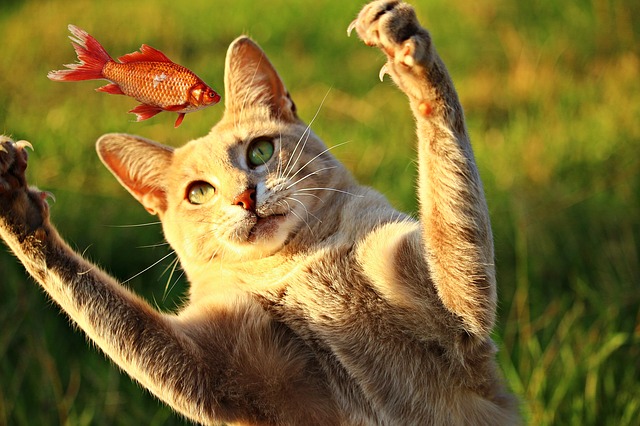How to defend against Fake Profiles or Catfishing against harassment, revenge and online scams (Part 1)
How to defend against Fake Profiles or Catfishing against harassment, revenge and online scams (Part 1)

WHAT IS CATFISHING?
Catfishing is when someone uses images and information (often taken from other people’s social media accounts) to create a new, fake online identity using an individual’s entire identity as their own. Social media accounts created for this purpose can not only damage the reputation of the true owner of the identity but are created to establish dishonest relationships online. Although catfishing used to be most popular among adults using online dating platforms, it has now become a widespread problem without distinction.
WHY IS IT CALLED CATFISHING?
Catfishing only gained its name in 2010 after a documentary entitled “Catfish” was released. Catfishing then became a recognized term in 2012 after the MTV series “Catfish” premiered.
WHY DO THEY DO CATFISHING ? WHY DO PEOPLE “FISH” FOR OTHERS ?
People choose to “fish” for other people for many reasons :
-
Your money: They want you to send them money, either by begging or by extortion.
-
Insecurities - Someone may choose to “fish” another because of their own personal insecurities. They might consider themselves “ugly” or “not good enough” and feel more comfortable using the images or identity of another person they consider “attractive enough” or “worthy”.
-
Mental illness - Someone who suffers from some forms of mental illness may feel overly anxious about revealing their true or authentic self. Someone suffering from depression might have low self-esteem and feel as though they are not “good enough” and therefore need an alter ego. There are many conditions that can make people believe that the only way they can communicate with others effectively or safely is to pretend to be someone else.
-
Revenge : Some people use catfishing as a means of revenge against former partners or people they consider “deserving” of a lecture. Those seeking revenge often create fake social media accounts, which use the victim’s images and information to humiliate them or damage their reputation . They may also use ad hoc identities to lure the person into a fake relationship to hurt them emotionally.
-
Harassment : Some people set up multiple catfishing accounts to maximize the emotional impact when harassing someone online. They might set up multiple social media accounts because the recipient of the harassment has blocked their initial “catfishing” account, or they might do so to create the impression that there are a growing number of people participating in the abuse in an attempt to overwhelm the victim.
-
Exploring sexual preferences : When someone is confused or curious about their sexuality, they might create fake profiles so they can safely explore their curiosity without having to reveal their true identity.
Ultimately, the most common reason for people catfishing is a lack of confidence. If people are not happy with themselves, they feel that by being someone more attractive, they are fully capable of expressing themselves freely without their insecurities holding them back.

